Master these relatively simple joints to take your DIY projects to the next level.
Putting wood together can be as easy as using a nail and a hammer for basic DIY projects such as constructing a basement wall with 2” x 4” studs. But weekend warriors often need something more sophisticated, like a joint that will attractively support a shelf in a classic bookcase.
Here are four of the most popular basic wood joints. If you can master them, a whole new world of possible DIY projects is available to you.
The first three joints involve outfitting a table saw with stacked dado blades. If you have never used dado blades you can find basic instruction on Youtube.
Dado joint
Making this joint involves cutting a groove in one piece of wood with the dado blades so the piece can receive the end of another. This joint is commonly used to attach bookcase shelves.
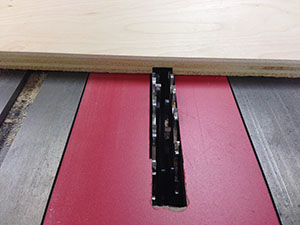
Dado blades cut the groove.
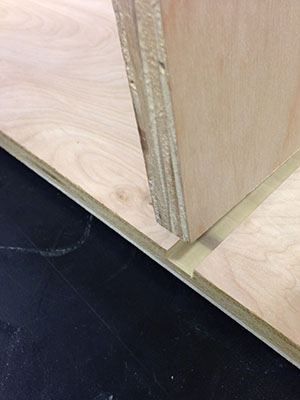

The other piece fits snuggly inside the groove.
Rabbet joint
A rabbet is simply an open-sided channel or recess along the edge (see below) or across the end of a board or panel. This channel helps keep the parts together during assembly, and it provides a good gluing surface. Many wall cabinets use rabbet joints.
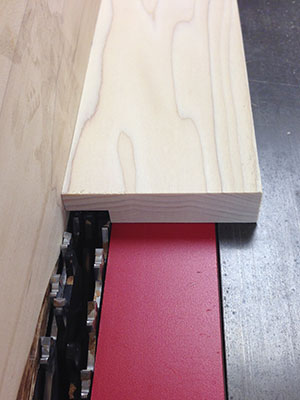
A channel is cut on the outside edge.
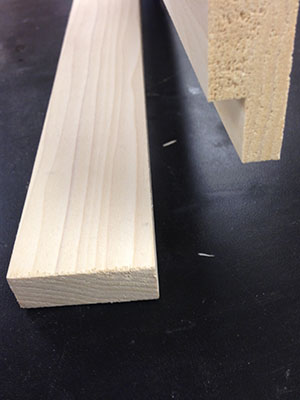
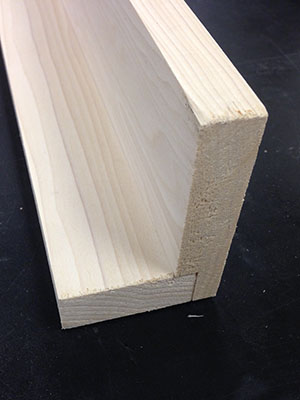
A board is glued inside the channel cut by dado blades.
Half-lap joint
Typically used for frame assembly in cabinet making, this joint is made by cutting the end of each piece of wood to half of its thickness where it will “lap” over another piece.
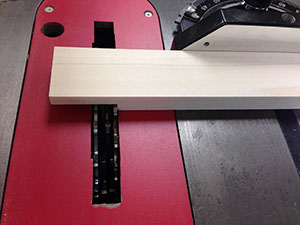
The depth of the “lap” is half the thickness of the wood.
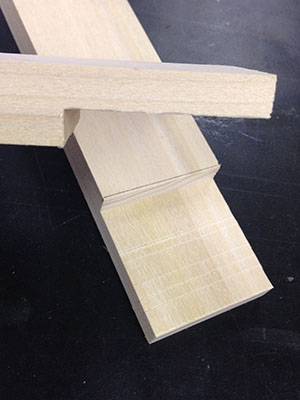
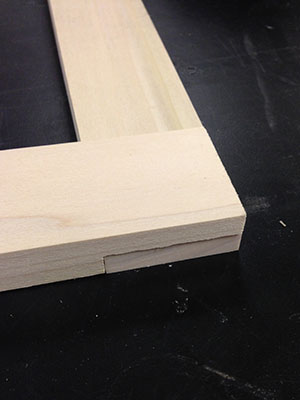
The overlapped area provides a face-grain to face-grain joint for strong corners.
Miter joint
This joint is created by making 45-degree cuts on the miter saw (see below), then gluing and clamping the corners together. Most picture frames use miter joints since they allow decorative patterns to “wrap” around the corners.
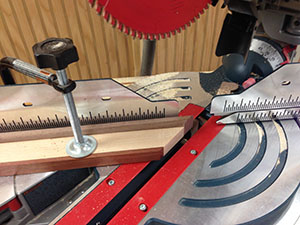
Make precise 45 degree cuts.


Glue and clamp corners together.
Knowing how to make more than one joint gives you the flexibility to fashion the joint you need for the project at hand — and perhaps the confidence to tackle new kinds of projects in the future.


